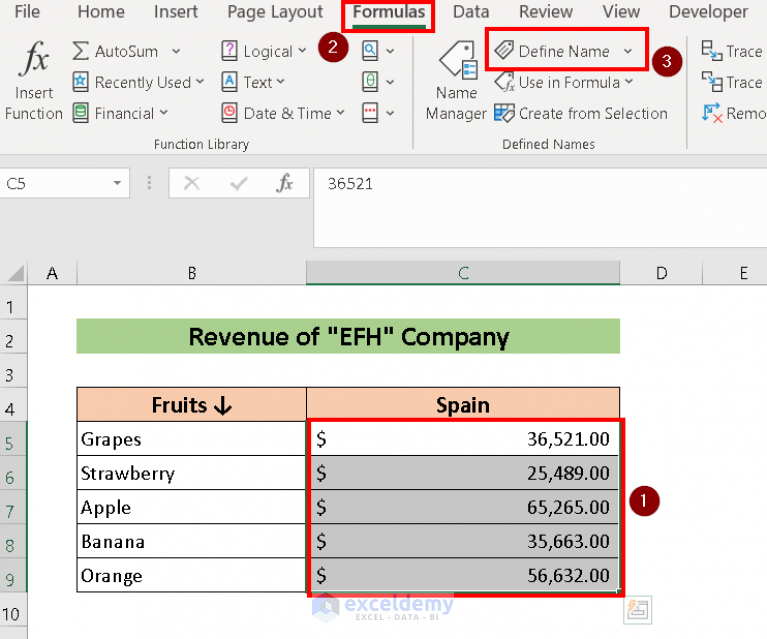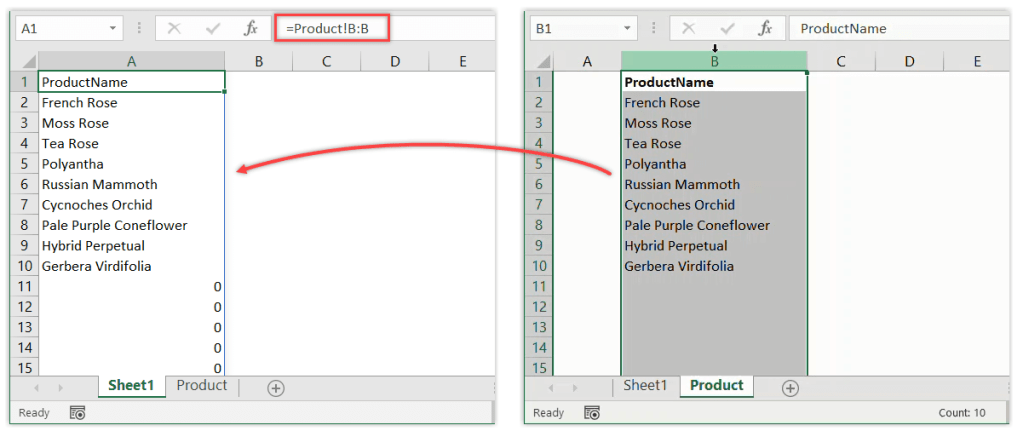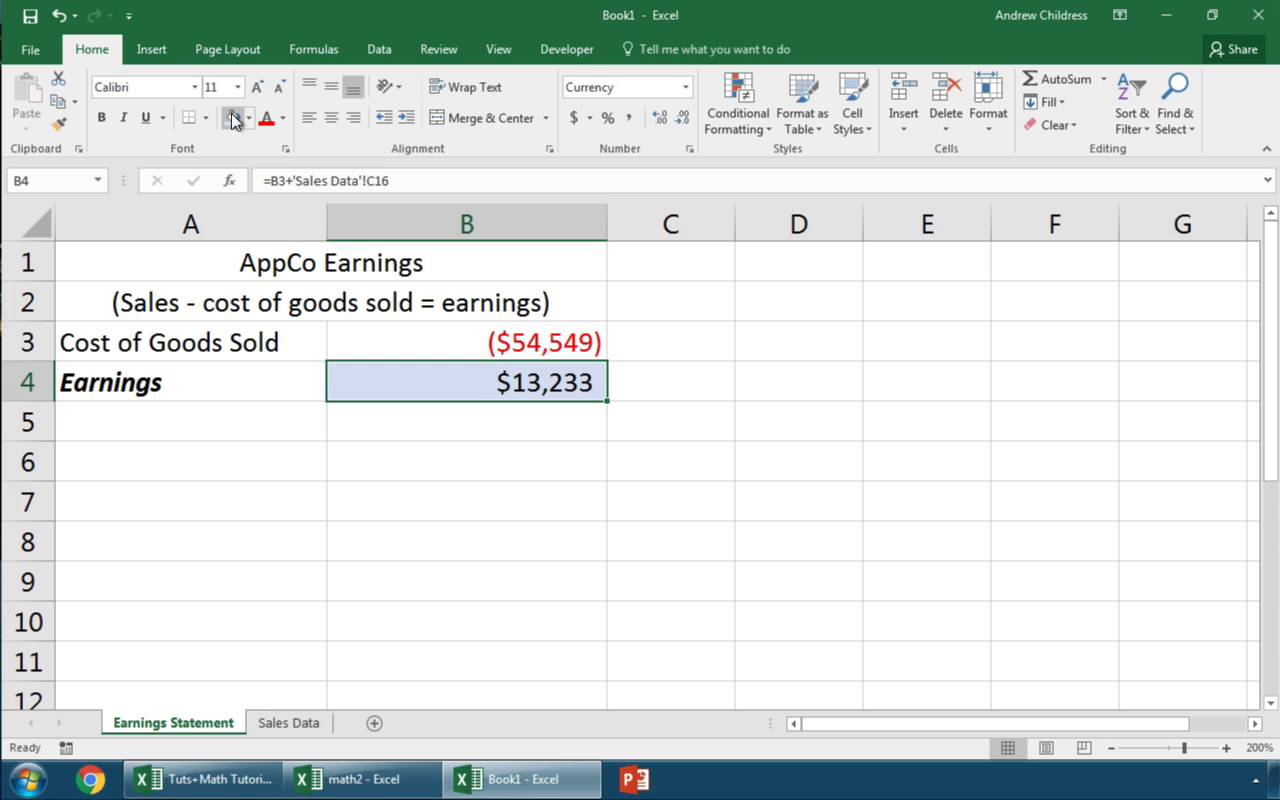5 Ways to Link Sheets in Excel Document

Microsoft Excel is a powerful tool used by millions for organizing, analyzing, and presenting data. One of its many useful features is the ability to link different sheets within the same workbook or even across different workbooks. Linking sheets allows for dynamic updates, reduced data entry redundancy, and improved data management. Here are five effective ways to link sheets in an Excel document, helping you streamline your workflow and enhance data accuracy.
1. Using Cell References

The simplest method to link sheets involves using cell references. Here’s how you can do it:
- Click on the cell where you want to display the data from another sheet.
- Type the equal sign (=) to start a formula.
- Click on the sheet tab from which you want to pull data.
- Select the desired cell or range, and hit Enter.
Example:
- To link cell A1 from Sheet2 to A1 in Sheet1, you would enter:
=Sheet2!A1
2. Using the Hyperlink Function

Hyperlinks are not just for web pages; they can also link to specific locations within your Excel workbook:
- Select the cell where you want to create a hyperlink.
- Go to the Insert tab, click on Hyperlink.
- In the ‘Link to’ section, select ‘Place in this document’.
- Choose the sheet name and the cell reference. Click OK.
This creates a clickable link, making navigation between sheets straightforward.
3. Named Ranges

Named ranges provide an organized way to refer to ranges or cells in Excel. Here’s how to use them for linking:
- Define a name for the range of cells in the source sheet (Formulas > Define Name).
- Use the named range in your formula on another sheet:
=MyNamedRange
Where ‘MyNamedRange’ is the name you’ve assigned.
💡 Note: Named ranges make formulas easier to read and manage, especially in large workbooks.
4. Using Functions like INDIRECT

The INDIRECT function can dynamically refer to cells or ranges based on text strings:
- Enter the formula in the destination cell:
=INDIRECT(“‘Sheet2’!A1”)
This will refer to cell A1 in Sheet2, and any changes to that cell will automatically update in the linked cell.
5. Data Consolidation

For summarizing data from multiple sheets, Excel’s Data Consolidation tool can be invaluable:
- Go to the Data tab, and click on Consolidate.
- Choose the function (SUM, COUNT, etc.) you wish to apply.
- Add the range references from different sheets:
=Sheet1!A1:D10,Sheet2!A1:D10
This method aggregates data without needing to link cells directly, yet still maintains dynamic updates.
Each of these methods has its strengths. Cell references and named ranges are perfect for precise linking, hyperlinks for navigation, INDIRECT for dynamic references, and data consolidation for summary data management. By integrating these techniques, you can make your Excel documents more efficient and user-friendly. Remember, the key to successfully linking sheets is understanding your data structure and choosing the appropriate method to ensure seamless data flow across your workbook.
Here’s how you can wrap up your Excel experience with these linking techniques:
Integrating links between Excel sheets not only saves time but also enhances the functionality of your spreadsheets. Whether it's for large-scale data analysis or simple report generation, understanding how to link sheets effectively can transform the way you work with Excel. The ability to reference data dynamically across sheets reduces errors and ensures your data is always current. Experiment with these methods, find which ones work best for your workflow, and watch your productivity soar.
Can I link data between Excel workbooks?

+
Yes, you can link data between different Excel workbooks using cell references, the INDIRECT function, or by creating a hyperlink to another workbook. Make sure both workbooks are open when creating the link.
What happens if I rename a sheet after linking it?

+
If you rename a sheet that has been linked, the references in your formulas will break unless you update them to reflect the new sheet name.
How can I prevent link errors when moving workbooks?

+
When moving workbooks to new locations, especially on different machines, it’s best to update the links manually or use absolute references to ensure links remain intact. You might also consider using UNC paths or mapped drives if possible.
Can I automate the linking process with VBA?

+
Yes, Visual Basic for Applications (VBA) can automate the process of linking sheets. Scripts can be written to link cells, update formulas, or even manage data across multiple workbooks automatically.



